0 x item(s)
- 12851 Noch Cows Mooing Sound Scene
- 51968 ESU 21 Pin adapter board pre wired pcb plus extra outputs
- 97818.S0838 WSL ESU LokSound Micro V5 6 Pin Decoder Class 101
- 7P-002-204 Lionheart Trains BR Mk1 Blue Grey BCK
- 18401 Noch Mega Economy Figures Set - Pack of 60 figures
- A02718V Airfix British Infantry Model Kit
- 57750 Noch Yellow Sandstone Wall Card 64x15cm
- 21522 Noch Light Green Model Hedges 5x1x0.6cm (2)
- 14870 Noch Christian Symbols Accessory Set
- B803 Dapol Track Cleaner Accessory Pack
- PKROD341 Roden Heinkel He 111 H-6
- SSMP208 Wills York Stone Paving Materials Pack
- 57740 Noch Cut Quarrystone Wall Card 64x15cm
- 54676 ESU Smoke Unit Dual Mini for Gauge 0 for LokSound XL
- 50321 ESU Loudspeaker 15mm x 11mm sugar cube 8 Ohms
- 14810 Noch Station Accessory Set
- GMKD2002 Kestrel Suburban Town Set kit.
- LK35 Peco Yard Crane Kit
- SS78 Wills Island Platform Shelter
- 15061 Noch Forest Workers (6) Figure Set
- 58410 ESU LokSound 5 DCC/MM/SX/S4 Blank Decoder 8 Pin NEM652
- GM84 Gaugemaster Light Emitting Diode 5mm Red - Pack of 5
- GMKD43 Kestrel Designs Goods Shed kit
- A09191 Airfix Avro Anson Mk.1 Kit
A09191 Airfix Avro Anson Mk.1 Kit
A09191 Airfix Avro Anson Mk.1 Kit
As one of the most important aircraft during inter-war years and WWII, the Avro Anson became the first monoplane type to achieve squadron service status in 1936. It was also the first RAF aircraft featuring a retractable undercarriage. The final RAF example was only withdrawn from service as a station communications aircraft in 1968, despite entering the Second World War with 26 squadrons equipped with Avro Ansons.
Product Info
Although not generally regarded as one of the most fashionable British aircraft to see service during the Second World War, the Avro Anson was nevertheless one of the most important aircraft not only of the inter-war years, but also during WWII itself and is deserving of more recognition than it usually receives. An aircraft which began its development in 1933 as a high speed, long range, modern mail carrying charter aircraft, the Avro 652 was still in development when the British Air Ministry issued a requirement for a twin engined, general reconnaissance and multi-role aircraft capable of performing a variety of roles for both the Royal Air force and the Royal Navy.
The Avro team felt that their new aircraft would be perfect for the role and later entered it in an official evaluation programme with the competitor de Havilland DH89M, the military version of their biplane Dragon Rapide. The Avro design was found to possess greater range and endurance and whilst not without a few areas which would require some design modifications, an initial order for 174 militarised aircraft was placed. The Avro 652 would be given the name Anson after an Eighteenth Century British Admiral of the fleet, a development which did not please everyone at the Air Ministry, but as the aircraft was intended to undertake maritime patrols, the name did seem rather appropriate.
Highlighting the importance of the Avro Anson as a British aircraft type, when it entered service with No.48 Squadron at RAF Manston in March 1936, it became the first monoplane type to achieve squadron service status, but was also the first RAF aircraft to feature a retractable undercarriage. At this time, the advanced Anson quickly began to attract attention from several other countries and in order to capitalise on this interest, some aircraft were diverted from existing RAF orders to fulfil these requirements, with full production forcing Avro to open new manufacturing facilities in the North West of England. The RAF Anson Mk.I was equipped with a fixed forward firing .303 machine gun operated by the pilot and a single Lewis gun mounted in the manually traversed dorsal turret. It could also be equipped with a modest bomb load, something which was required by submarine hunting aircraft operated by Coastal Command and whilst there were no reports of an Anson sinking a U-Boat, their presence would keep these feared hunters submerged.
During the Dunkirk evacuations, Ansons used to cover the operation came under attack by Messerschmitt Bf 109 fighters, which had real difficulty engaging the slow flying British aircraft. Consistently overshooting the Ansons, they came in the sights of the aircraft's forward firing gun and astonishingly, two of the Luftwaffe fighters were shot down and a third was badly damaged, with all the Ansons escaping from the engagement unscathed. Despite the fact that the RAF entered the Second World War with 26 squadrons equipped with Avro Ansons, they were basically obsolete as a fighting machine and particularly for the ones assigned to Bomber Command, they were quickly withdrawn to secondary training roles, a task for which the 'Faithfull Annie' was particularly well suited. As part of the Empire Air Training Scheme, many thousands of aircrew destined for service with Bomber Command were trained both in the UK and overseas, including those destined to serve in the Avro Lancaster, the mighty bomber which was produced in some of the same factories previously used to produce Ansons.
With just under 11,000 Ansons eventually produced, the final RAF example was only withdrawn from service as a station communications aircraft in 1968.
Tech Specs
- Item Length - Without Packaging (cm) - 26.9
- Item Height - Without Packaging (cm) - 8.31
- Item Width - Without Packaging (cm) - 35.9
- How many pieces will be found in the box opened by the customer? - 175
- Item Scale - 1:48
- Contents - Sprues & decals
- Finish - Plastic
- Number of Scheme options - 3
- Skill Level - 3
Wingspan (mm) - 359
Related Products
-
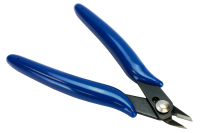
DCT-FSC DCC Concepts Fine Sprue Cutter
-

AC5217 Humbrol Maskol 28 ml
-

AG4050 Humbrol Coloro Brush Pack
-

AC6134 Humbrol Decal Fix 28 ml
-

AV0201 # Humbrol 28ml Enamel Wash - Black
-

MM011 The ModelMaker DualGrit Flexi Sander (3 pcs)
-
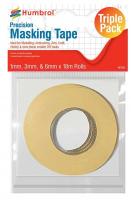
AG5110 Humbrol Masking Tape Set
-

AD-92 Deluxe Materials Precision Plastic Glue 25g
-
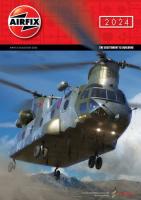
A78204 Airfix Catalogue 2024
-
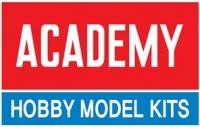
Academy Models
-

Accurascale
-
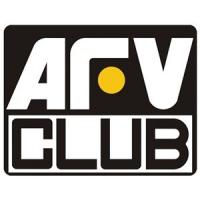
AFV Club
-
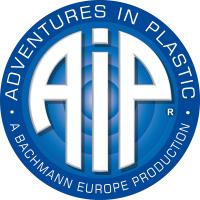
AIP by Bachmann
-

Airfix
-

Arnold
-

ATD Models
-
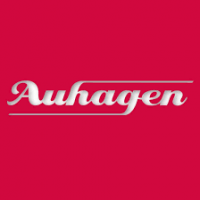
Auhagen
-

Bachmann
-

Bachmann Narrow Gauge
-
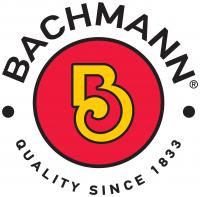
Bachmann USA
-
Barrie Stevenson
-

Bassett-Lowke
-

Berko
-

Busch
-

Cambrian
-

Clark Railworks
-

Corgi
-

Cornerstone
-

Dapol
-

DCC Concepts
-

Deluxe Materials
-

Dundas
-
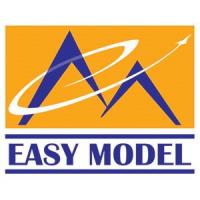
Easy Model
-

Eckon
-

EFE Rail
-

EFE Road
-

Emhar
-

ESU
-
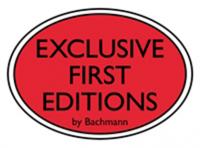
Exclusive First Editions
-

Faller
-

Fleischmann
-
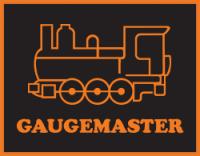
Gaugemaster
-

Gecko Models
-

Golden Valley Hobbies
-

Graham Farish
-

Greenlight Collectibles
-

Heljan
-
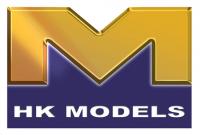
HK Models
-

Hornby
-

Hornby International
-

Hornby TT:120
-

Humbrol
-

I Love Kit
-

Jouef
-
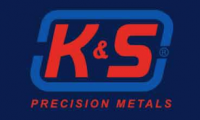
K&S Metals
-

Kadee
-

Kato
-
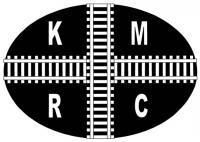
Kernow Models
-
Kestrel
-

Kibri
-

Lenz Digital
-
LightCraft
-

Liliput
-
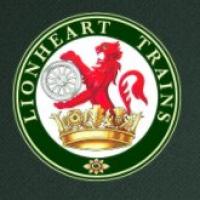
Lionheart Trains
-

Merit
-

Metcalfe
-

Middleton Press
-

Mirror Models
-
Miscellaneous
-

model scene
-

ModelMaker
-

Murphy Models
-

Noch
-

Oxford Diecast
-
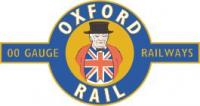
Oxford Rail
-
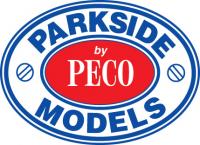
Parkside by Peco
-

PECO
-

Plastruct
-
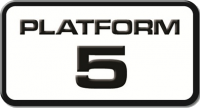
Platform 5
-

PM Model
-

Preiser
-

Proses
-
RailMatch
-
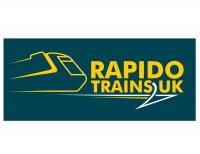
Rapido
-
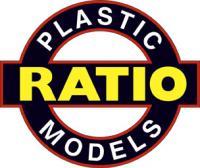
Ratio
-

Revell
-

Revolution Trains
-

Rivarossi
-

Roco
-
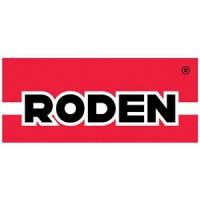
Roden
-

Scale Model Scenery
-

Scalextric
-
Shawplan
-

Slaters
-
Smiths
-

Springside
-
Star Tec
-
Strathwood
-

Superquick
-
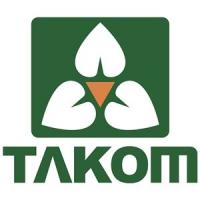
Takom
-
Taliesin
-
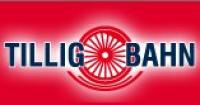
Tillig
-
Tiny Signs
-

Toyway
-
Tracksetta
-

Train-Tech
-

TrainSave
-
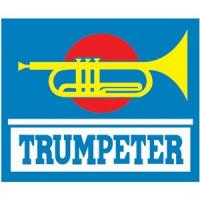
Trumpeter
-

Viessmann
-

Vollmer
-
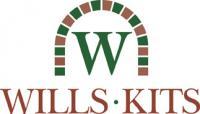
Wills
-

Woodland Scenics
-

Xuron
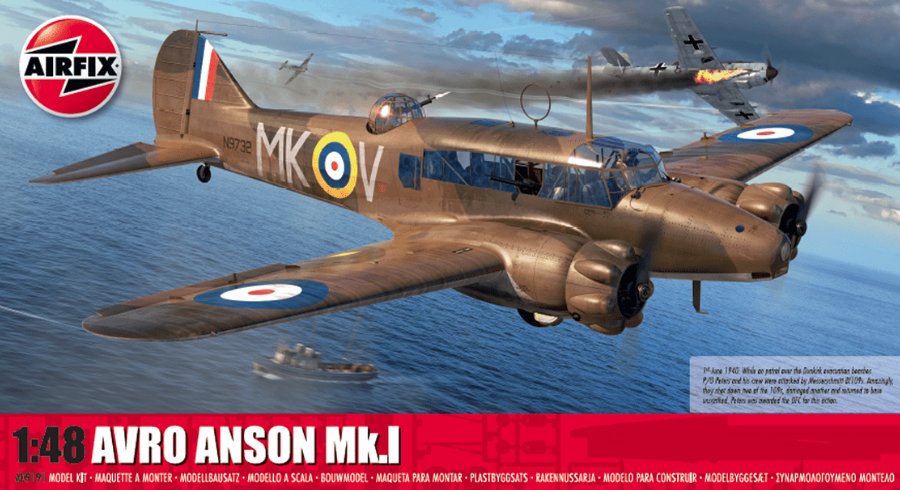

Connect with us socially

